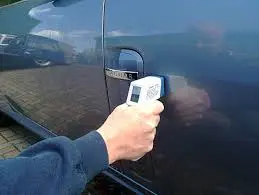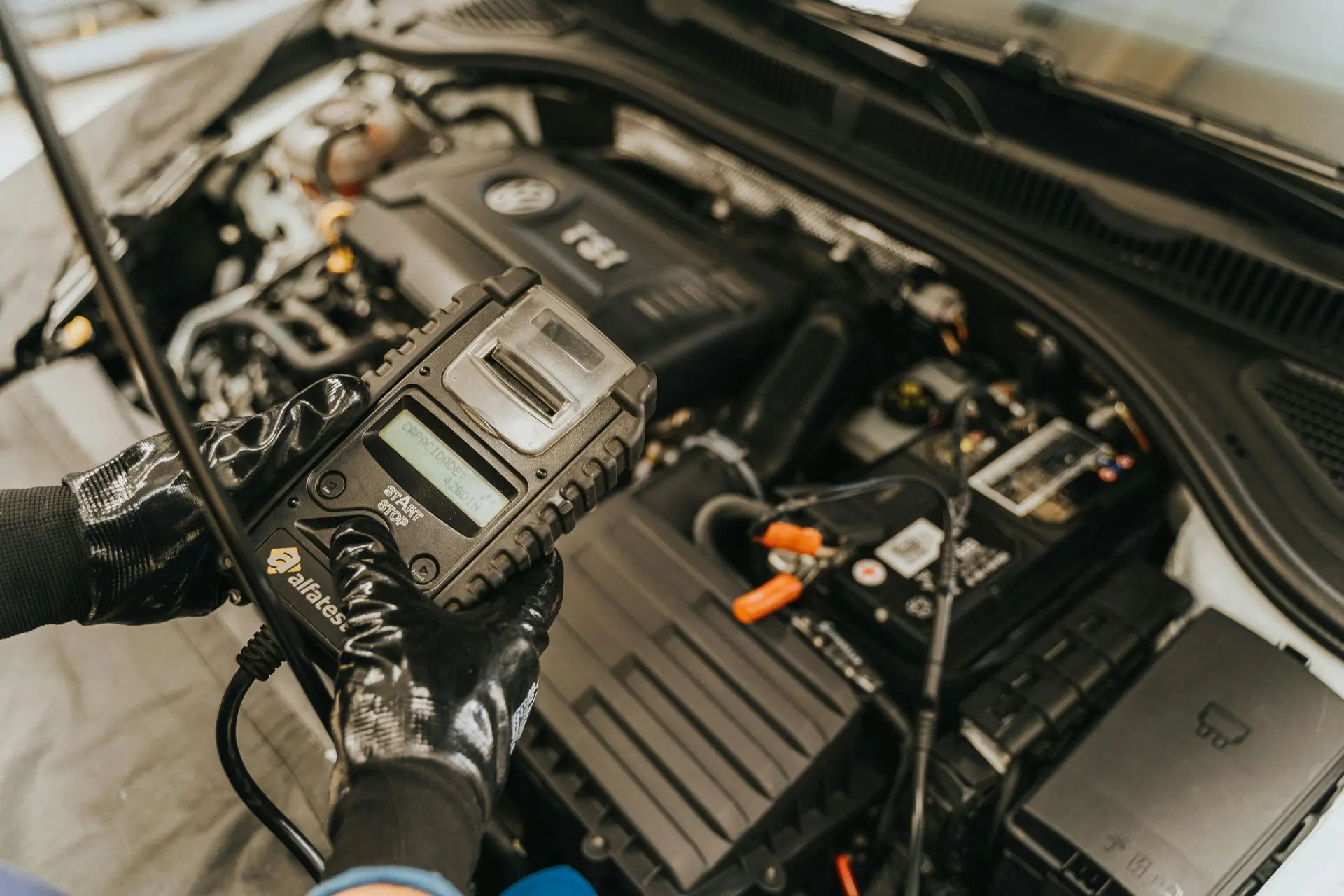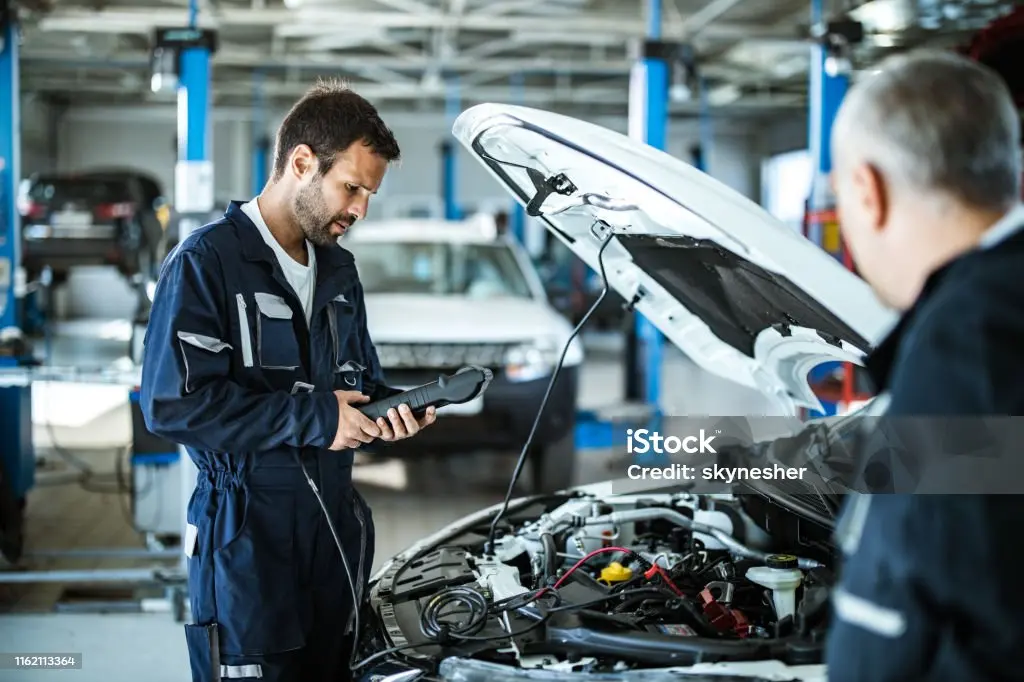What is included in a comprehensive pre-purchase vehicle inspection
When considering the purchase of a used car, a comprehensive inspection is crucial to ensure that you are investing in a safe, reliable, and sustainable vehicle. It is important to verify the mechanical, structural, and even electronic condition of the car before making a purchase decision. Below, we will review all the aspects included in a comprehensive car inspection, detailing each part of the process to ensure you receive an accurate report.
1. Inspection of the car's exterior structure:
The exterior of the car is the first thing buyers notice and is considered an important factor in assessing the condition of the vehicle. The inspection includes the following:
- Paint Inspection: The condition of the paint is carefully examined to check for any signs of dents or previous accidents. Modern techniques such as a paint thickness gauge are used to determine if the vehicle has undergone any repairs.
- Edge and wrinkle inspection: The entire structure is examined for any wrinkles or scratches that may indicate the vehicle has been in an accident.
- Inspection of other exterior parts: such as doors, the roof, side mirrors, and the front grille to ensure their integrity and that there is no damage or effects resulting from accidents.
2. Engine Inspection:
The engine inspection is one of the most important aspects of a comprehensive check. The engine is the heart of the car, so ensuring its safety is essential. The inspection includes:
- Leak inspection: All hoses, pumps, and fuel lines are inspected for any leaks.
- Oil level check: By checking the oil level and type, it is verified whether the oil has been changed in a timely manner.
- Performance check: The engine is inspected while running to ensure that the performance is smooth and there are no strange noises indicating a problem.
- Temperature check: The engine temperature is monitored during operation to ensure there are no issues with the cooling system.
3. Inspection of mechanical systems:
At this stage, the mechanical systems of the car are inspected, such as the suspension, brakes, differential, and others. The inspection includes:
- Brakes: The effectiveness of the brakes is checked, and the wear of parts such as brake pads is verified.
- Suspension system: The suspension (shocks) is checked to ensure that the vehicle responds correctly when driving on uneven roads.
- The differential and axles: The axles and differential are inspected to ensure they are functioning properly and there is no wear or oil leakage.
4. Inspection of electrical and electronic systems:
Modern cars have become heavily reliant on electronic systems such as computers and embedded devices. The inspection of these systems includes:
- Electrical systems: The battery, alternator, and electrical wires are checked to ensure they are functioning efficiently.
- Internal systems: All internal systems are inspected, such as lights, air conditioning units, electric windows, and electronic locks.
- Safety devices: This includes checking the airbags and sensors to verify their effectiveness and safety.
5. Fuel System Inspection:
The fuel system in the car is the element that determines the engine's efficiency. The inspection includes:
- Fuel leak inspection: The fuel tank, pipes, and pump are checked for any leaks that may pose a risk.
- Fuel pump inspection: ensuring that the pump operates efficiently and distributes fuel correctly to the engine.
6. Inspection of the car wheels and tires:
The tires are the only point of contact between the car and the road, so checking them is extremely important. The inspection includes:
- Tire Pressure Check: It is ensured that the tire pressure meets the recommended specifications.
- Wear Level Inspection: The wear level of the tires is checked to ensure there is no previous damage or blowout.
- Inspection of Axles and Wheels: The wheels and axles are inspected to ensure there is no wear or vibrations that could affect driving.
7. Exhaust System Inspection:
The exhaust system ensures the proper disposal of toxic gases. The inspection includes:
- Leak check: The exhaust pipes and catalytic converter are inspected for any leaks or corrosion.
- Sound check: The exhaust sound is listened to in order to check for any unusual noises that indicate a problem.
8. Air Conditioning and Cooling System Inspection:
The air conditioning and cooling system play a crucial role in driving comfort. The inspection includes:
- Air conditioning inspection: It is ensured that the air conditioning is working efficiently and providing even cooling inside the car.
- Cooling system inspection: The radiator, cooling hoses, and water pump are checked to ensure there are no leaks and that the system is operating efficiently.
9. Vehicle History Check:
The vehicle history check includes verifying the record of previous accidents, the number of previous owners, and any issues that may have been recorded in the vehicle service reports. By examining this information, one can avoid purchasing a car that has had significant problems in the past.
10. Inspection of Axles and Brakes:
The condition of the brakes and axles is checked to ensure their safety. The inspection includes:
- Brake inspection: ensuring there is no severe wear on the discs or brake pads.
- Checking the axles: ensuring that the axles are not damaged or experiencing any vibrations that could affect the vehicle's performance.



